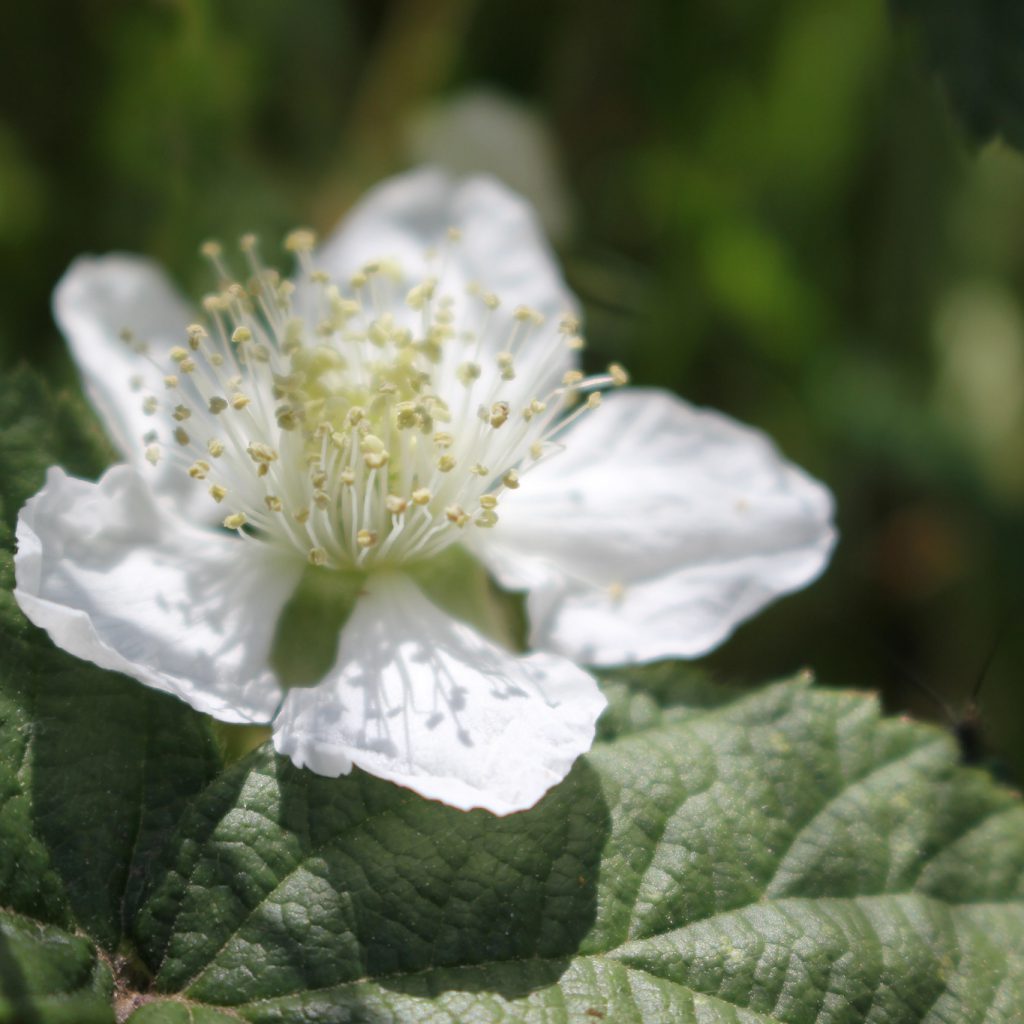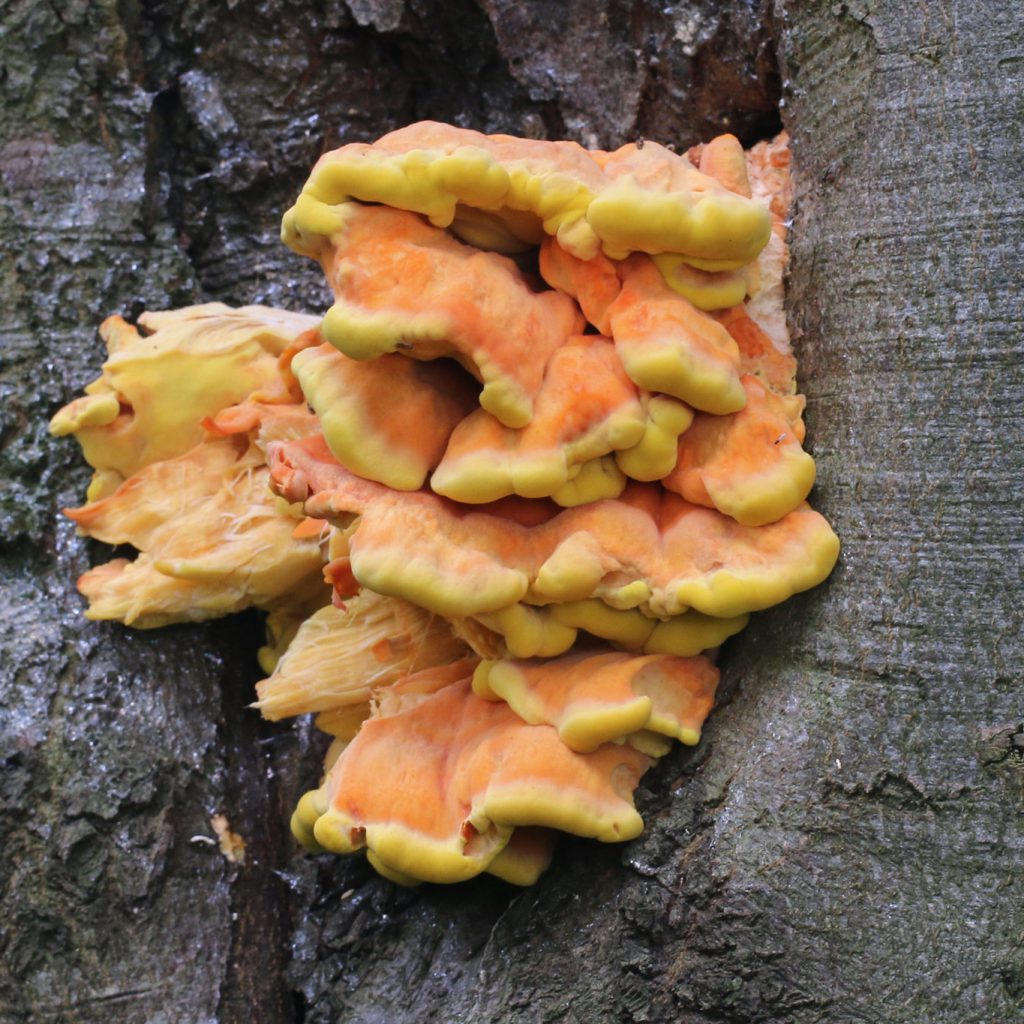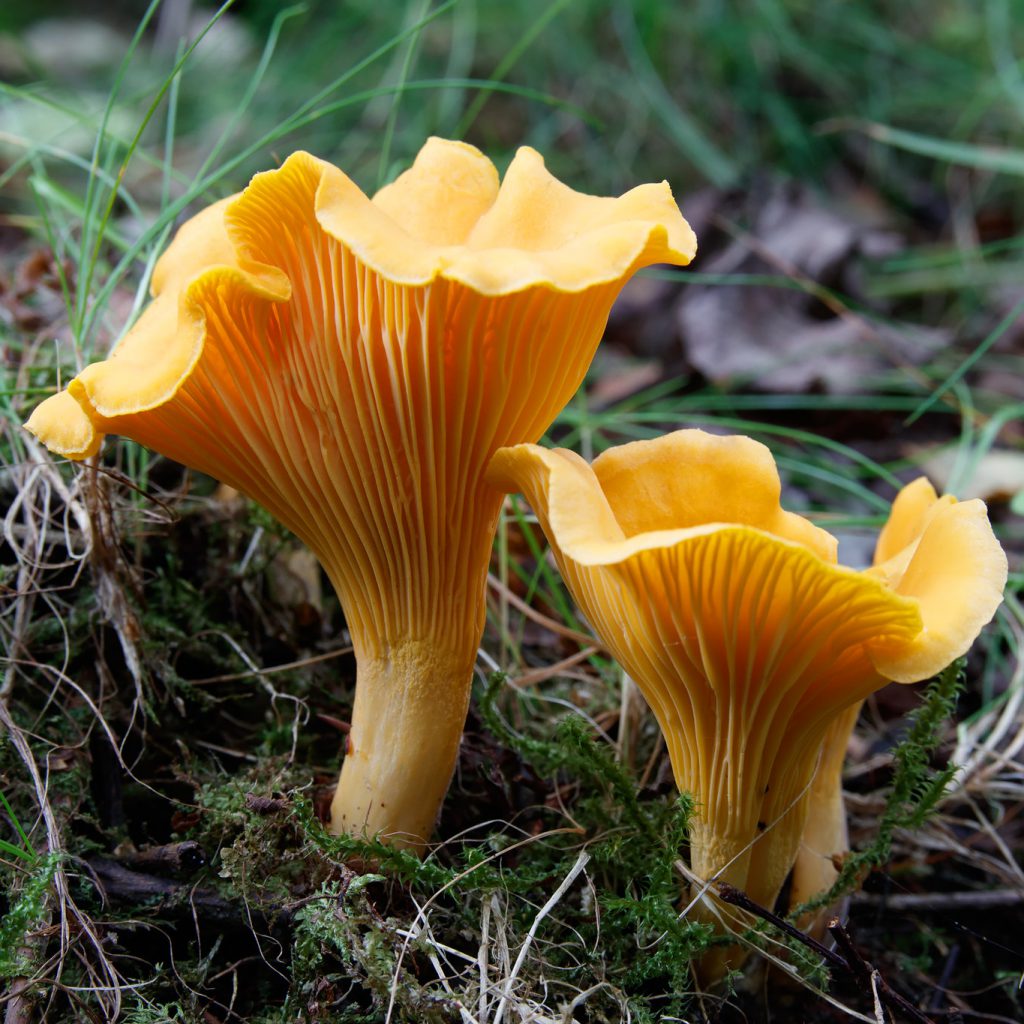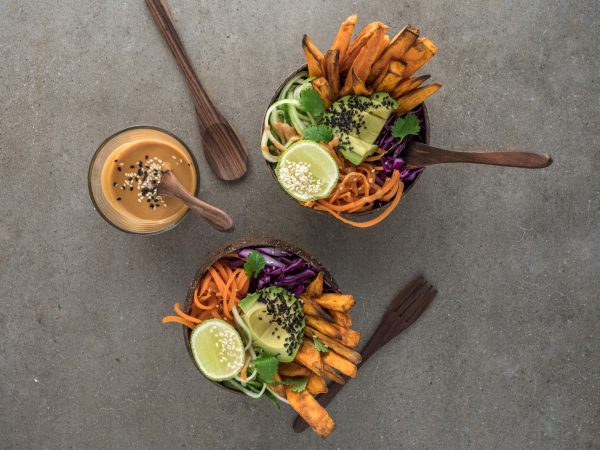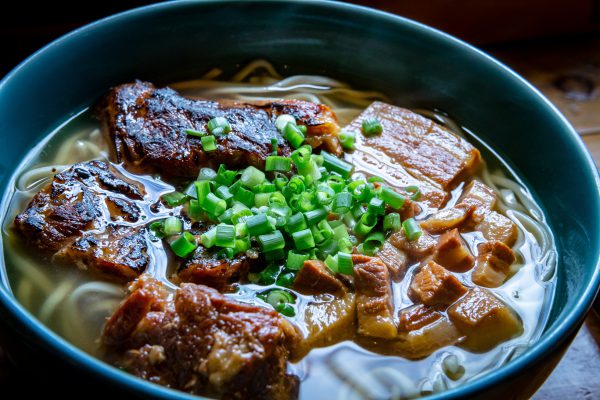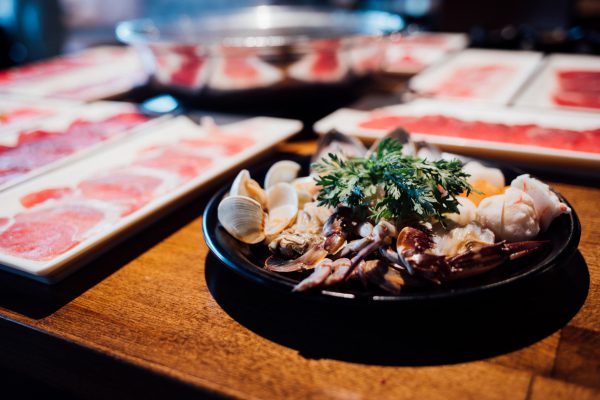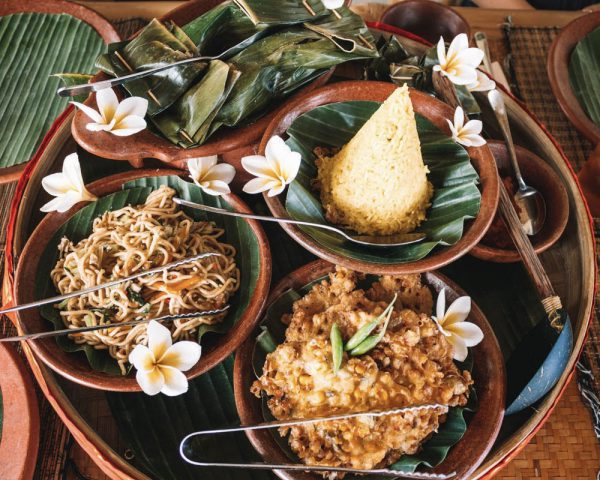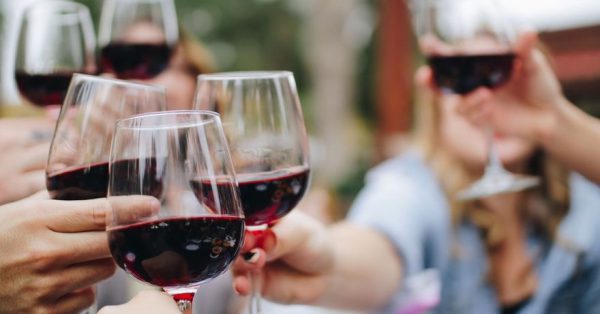Last Updated on February 22, 2023
Foraging is the act of identifying and picking up edibles in nature. Although there has been a renewed interest in it in recent years – especially as part and parcel of the whole cottagecore aesthetic – foraging has been part of everyday living before we got used to buying all our food from the grocery shop or online.
These days, the art of foraging can come in handy if you find yourself slightly unprepared on your camping trip and have to gather food from the wild to make dinner or if you simply want to get a taste of how people used to get their supplements in the not-so-distant past. So read on to get familiar with this ancient tradition and learn the basics to practice it safely.
Why Forage?
To Put on the Feed Bag
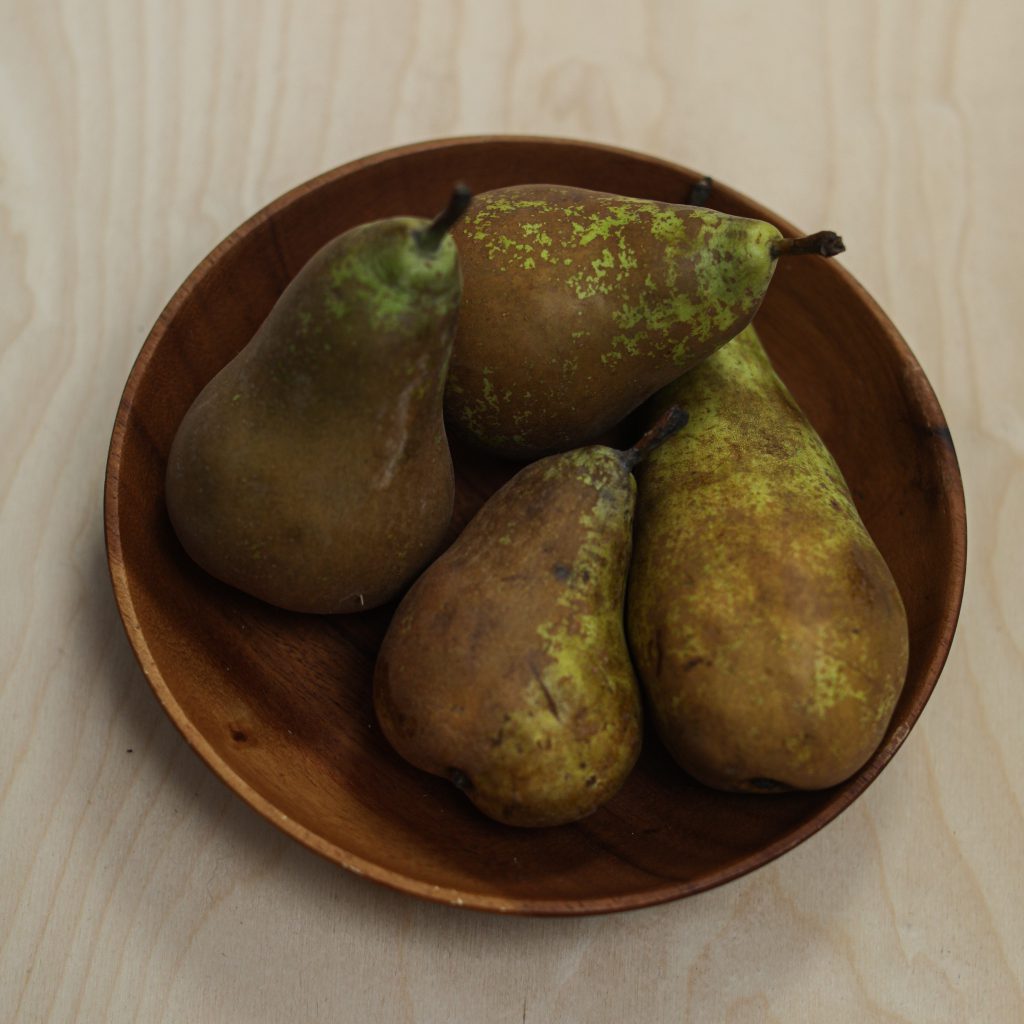
People used to forage to sustain their living for thousands of years before we completely commodified food and took its production under control.
If you’re reading this article, you probably have access to some sort of computer and don’t have to rely on nature to survive. But that hasn’t been — and still isn’t — the case for everyone.
Back in the old days, picking up edibles in nature was an integral part of life. Today, it almost feels like the fluorescence-lit aisles of grocery stores have always been the way to access food. But when living conditions get rigorous, people naturally turn to nature to get by, like what black communities who suffered from lack of means and integration into society did after the abolition of slavery in the US — which ultimately led to the prohibition of foraging in some areas in the country due to environmental concerns.
For the Beauty of It

Needless to say, you don’t have to be desperate for food to go for a pleasant walk in nature and pick up some of the local fauna on your way home. Foraging is an amazing opportunity to get in touch with nature, get to know your regional species, and eat fresh yield straight from the soil.
A growing interest in the nature around you is a great way to reconnect with it and will eventually lead you to develop a greater appreciation for the land and its natural cycles and respect the rhythms of life that coexist around you.
To Diversify Your Diet
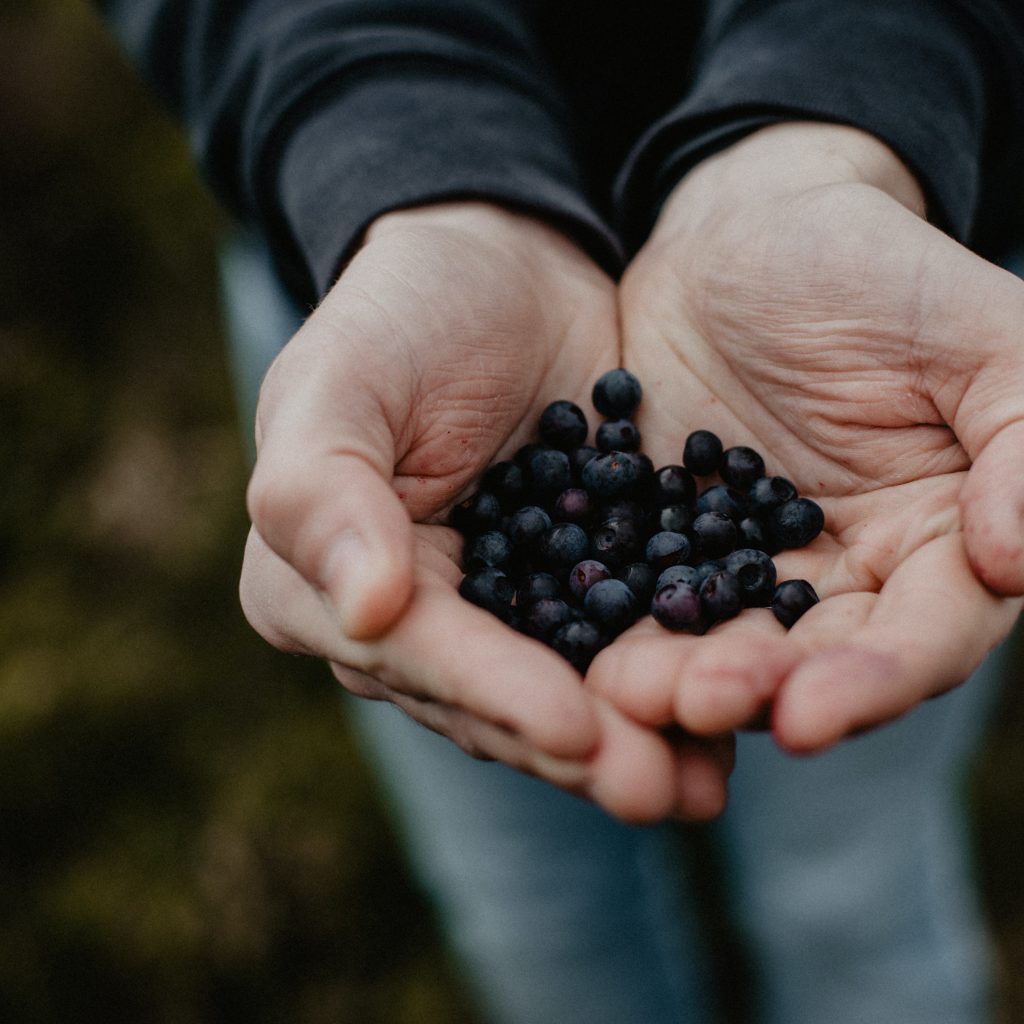
By foraging some portion of your food, you also get as close as you can to the ultimate local and seasonal produce. If you’re worried about the genetically modified fruits and vegetables, the pesticides used during the mass production of corps, or the carbon footprint you leave behind when you get your weekly supplies from the grocery store, foraging is a good alternative to at least add some fresh, natural products to your diet.
Another way is to visit farmers markets, where you can also find some foraged products picked up by locals when they are in season.
When Is the Best Time to Forage?
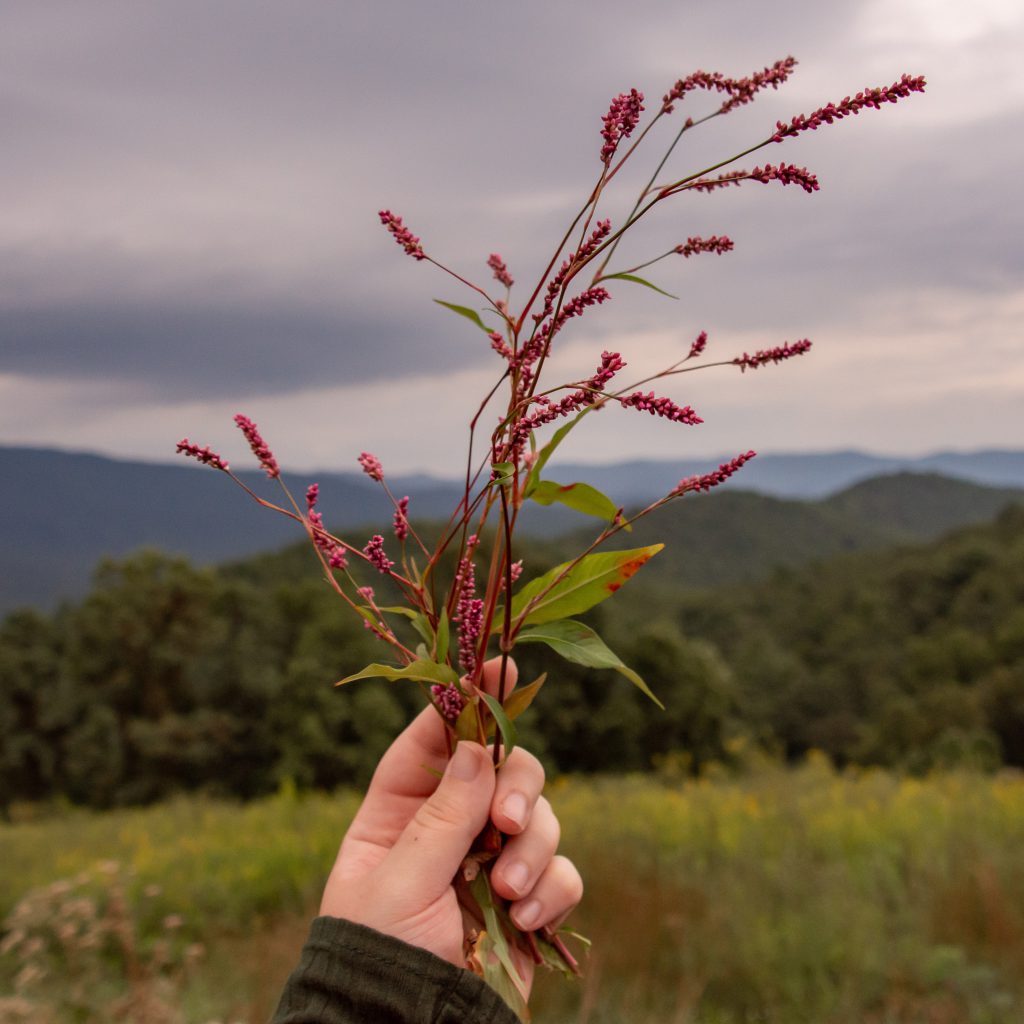
Most people think spring and summer are the only times to go foraging. But if the animals that live off the land can find food all year round, so can you.
You can go foraging all year round. You just need to know what you’re looking for in different seasons. For example, in winter, you can pick up winter fruits and nuts, while in spring, it’s great to look for mushrooms, flowers, and wild herbs. In summer, you can pick various weeds, berries, nuts, mushrooms, and flowers, that also continue growing during early fall.
Nature’s bounty is available year-round, you just need to know your options and where to find them.
How to Start Foraging?
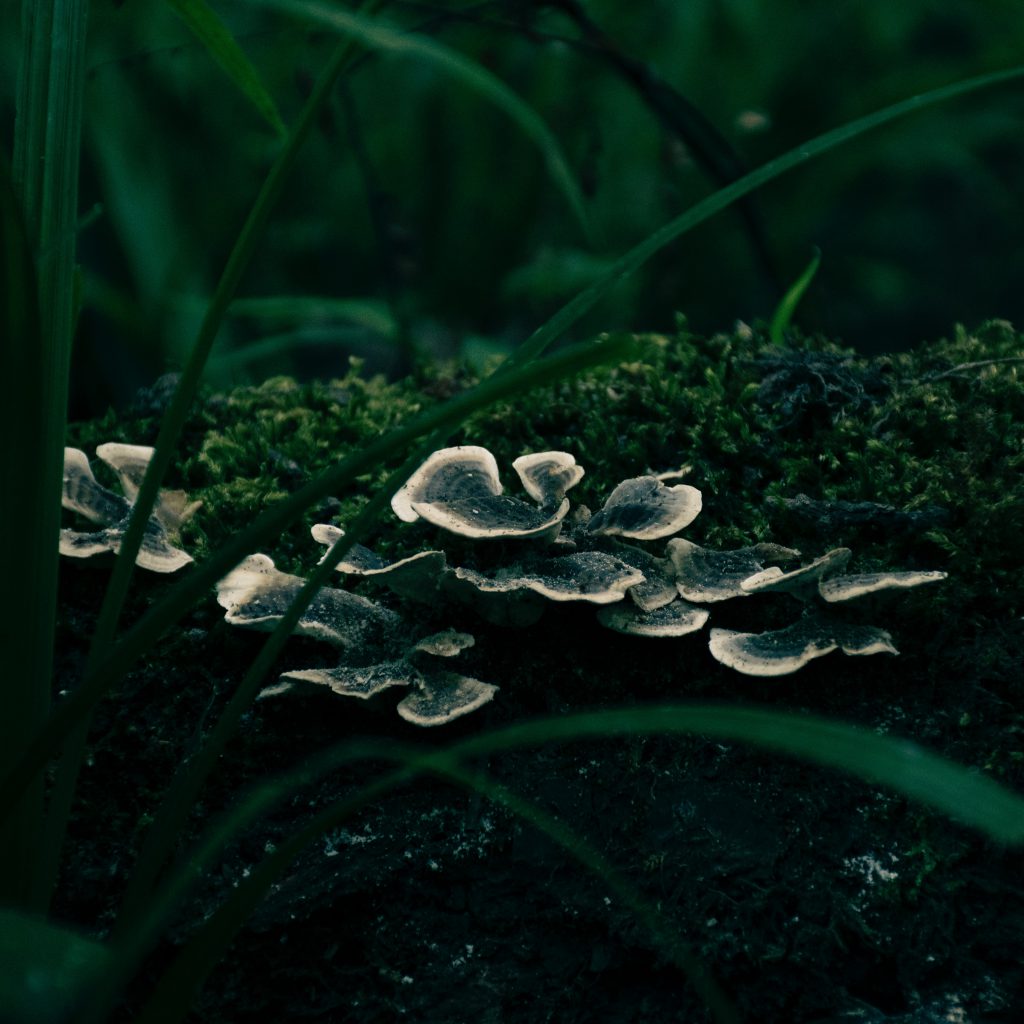
When embarking on your foraging adventure for the first time, you should leave aside your eating mindset and put on some goggles for inspection.
One thing everyone will tell you about eating wild foliage is that it’s extremely dangerous. Some plants and mushrooms are completely safe to ingest, while their lookalikes can induce instant — or not so instant — death. For that reason, arming yourself with as much knowledge as possible before adding the foraged items to your diet is a good idea.
In time, you’ll grow enough confidence to identify plants and mushrooms with 100% certainty. Until then, it’s better not to move to second base with anything, apart from some foolproof species, which we discuss below.
There are lots of guides that’ll tell you about the edibles around you, be it mushrooms, herbs, weeds, flowers, or roots, and what you can do with them. But these sources usually focus on how to find edibles in the wild and how to prepare them. While this is the ultimate goal, a better way to introduce yourself to the wild foliage around you is to start identifying the species first.
Pay attention to their leaf structure. Are they toothy, hairy? What’s their texture and the color of the stems? Where are the new branch nodes? How big are the thorns, if any? What kind of environment are they growing in? After you spend some time studying and noting down these kinds of details and taking pictures for reference, you’ll start spotting differences and similarities among different plants. And this is the single most important skill you need to sharpen before anything else.
Here are some things you can do to start studying nature’s patterns around you.
Download Apps
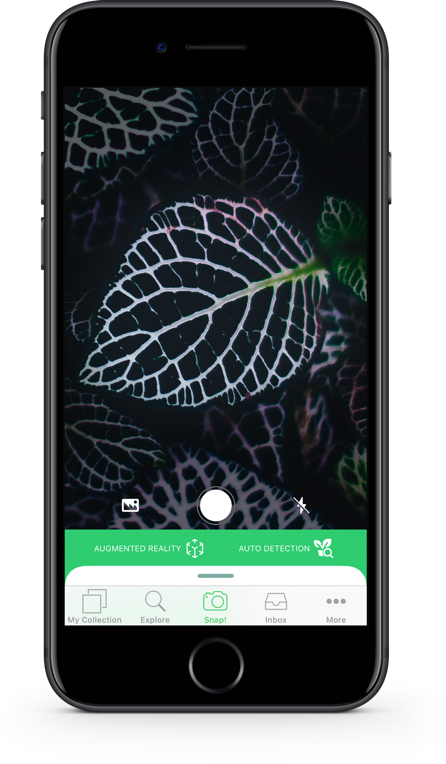
One of the easiest methods to identify wild plants and mushrooms is using a forager application. You can simply download one (or more) of these apps, and you suddenly have a Pokedex in your pocket. Wild Edibles Lite, PlanSnap, iNaturalist, or Mushrooms LITE are only a few of them.
Play around with a few apps and decide which one you like the most. But remember: since the information on these applications is primarily crowd-founded, you can’t rely on them 100% and put a suspicious berry or mushroom in your mouth. Therefore, use them for educational purposes, and don’t eat stuff you pick out in the wild before you confirm their safety from multiple sources.
Get Books

Learning to forage is all about knowing what to look for. There are many books out there with beautiful drawings and descriptions of edible (and nonedible) plants and mushrooms. Wild Food by Roger Philips, Eating Wildly: Foraging for Life, Love, and the Perfect Meal by Ava Chin, and Stalking the Wild Asparagus by Euell Gibbons, are some of the guides you can dig into that’ll help you get a better understanding of the species and their natural cycles.
Knowing the characteristics of different plants and plant families is a vital skill for a forager. The petal structures, leaf edges, and stem textures are all details experienced foragers will notice at a glance. To get to that level, learning the Latin names for the species is also useful, as it helps you link the plant families and have a broader understanding of the topic.
Learn From an Expert or Join a Community
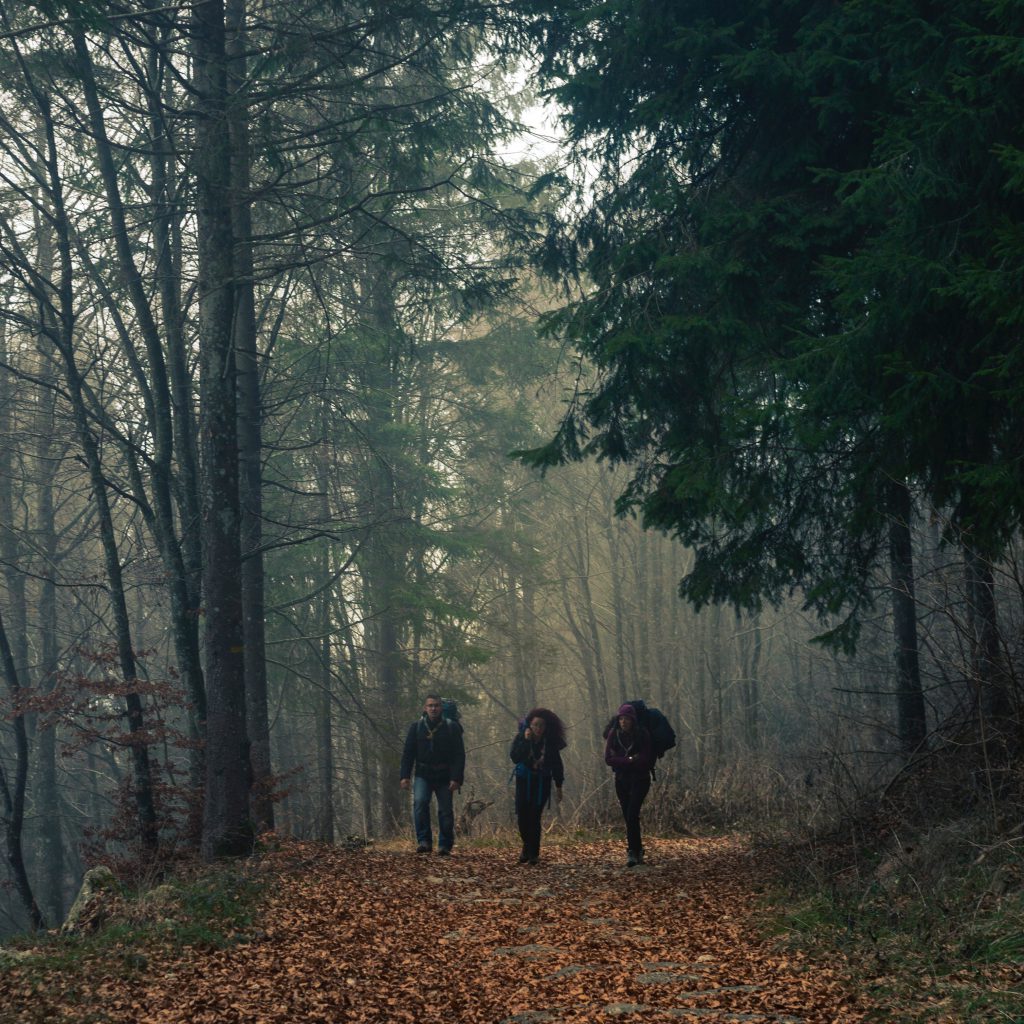
Foraging is an ancient tradition and knowledge that used to be passed down from generation to generation before the supermarkets took over. Even though it looks like the chain has been broken, there are still people out there who are passionate about nature and identifying the edibles it has to offer.
If you’re living in a rural area, ask around the locals, especially older people, about edibles in the wild. And if you’re living in a city, look for foraging communities or courses. You can also join an online community, like the foraging subreddit.
A good forager might be reluctant to tell you about all the sources in the area, as over-picking may disturb the natural balance and cycle of life. But if you can earn their trust, they might take you on a field trip. And a field trip with an expert can be much more insightful than reading a book.
Use Multiple Sources

Before you go out in the wild to pick up edibles, you must research your local fauna. It makes sense because you need to know what to look for before searching for your wild harvest. Nature can be very generous and diverse, and you might find interesting delicacies endemic to your location.
Using multiple sources is a golden rule to follow when researching the foliage and mushrooms growing in your region. Regional field guides, applications on the go, or a fellow forager are great for affirming your safety before you think about touching an alluring mushroom in the wild.
Where to Forage?
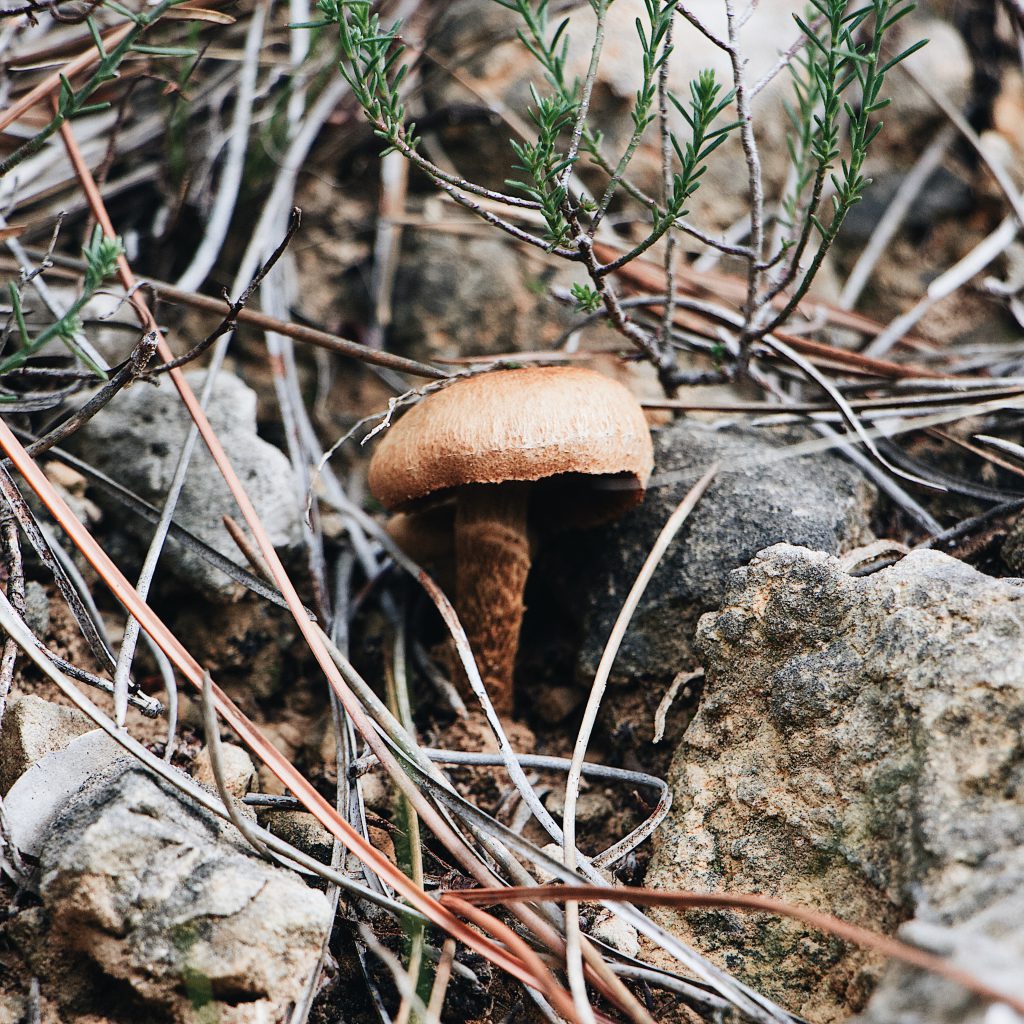
Fresh produce that you can gather freely outside is exciting. But not everything growing in the soil is free of pollutants. Before you pick up anything, make sure it’s growing away from pollutants like traffic or gray water. You don’t want to pick up a dandelion at the dog park either, as it may contain residues of dog feces — which is a major danger to your health.
If you’re going out in the woods to forage, away from people walking their dogs, away from exhaust fumes and other pollutants of the city, make sure you’re wearing an attention-grabbing outfit, like a reflector vest, because you never know who else is there looking for some wild game. Going with someone is always a good idea too.
And lastly, make sure foraging is not illegal in the region you’re roaming, as some areas are protected for environmental reasons.
Leave No Trace
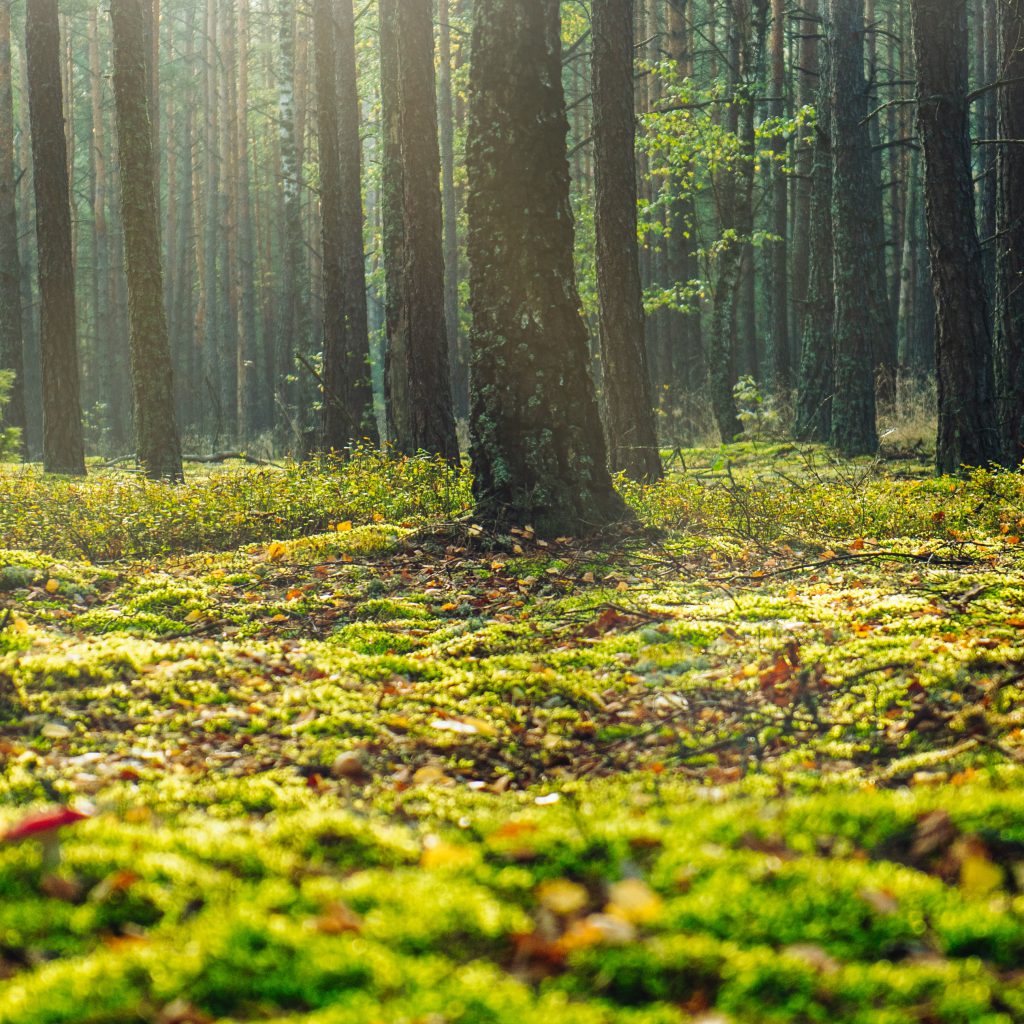
When you’re out in nature, respecting the wildlife around you should always come first, even before the day’s harvest. These rules are important for preserving the natural cycle of life in the area, from bugs to foliage and animals.
Needless to say, you should dispose of your waste properly and pick up the trash if you encounter any. A less obvious principle of leaving no trace is leaving stones and objects in their original place and condition. Fill holes if you open them for digging roots and avoid introducing non-native species to the region. In other words, don’t drop off seeds.
Be Sustainable
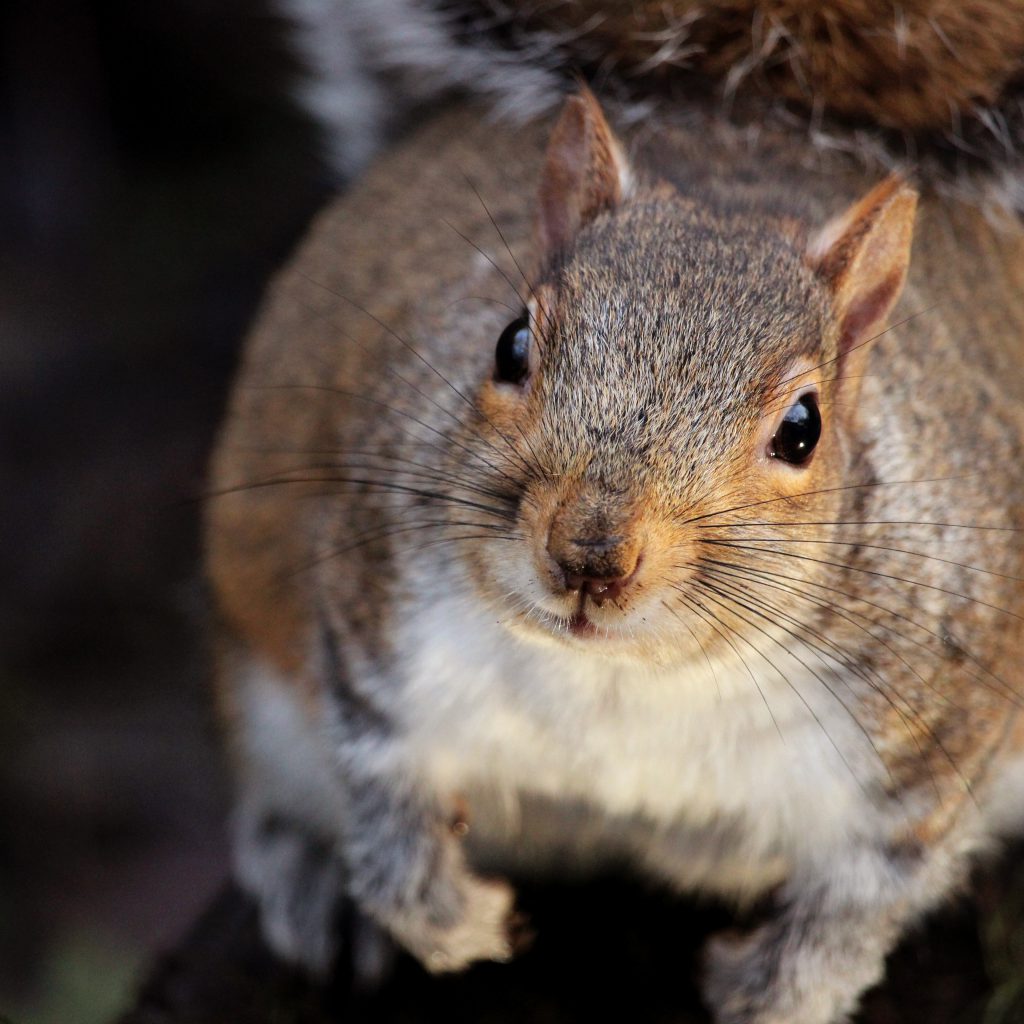
Foraging might seem like a beautiful solution to our problematic system of producing, distributing, and consuming food where a good portion of valuable resources goes to waste. But foraging also impacts the environment, especially if done recklessly.
Finding a handful of puffballs can be exciting, but you shouldn’t succumb to the temptation and pick up everything on site. You should leave some parts of the mushroom — or plant — so it can regrow and propagate. Therefore, you must know what’s best for the plants and mushrooms you’re picking and avoid overharvesting by all means.
Start Off Safe
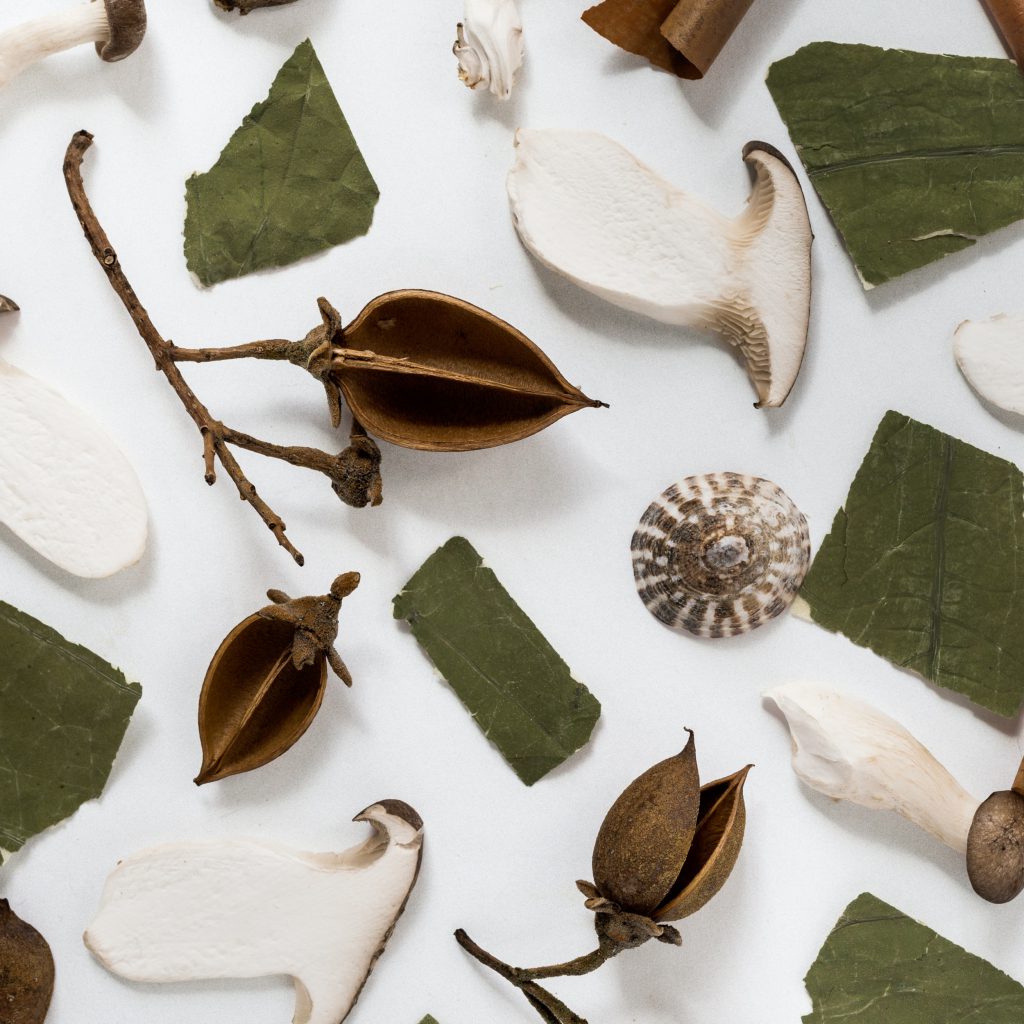
So, you’ve gathered information, put on your hiking shoes, and prepared to go foraging for some wild edibles in the woods or at the park. Foraging is exciting, but it also can be dangerous. Therefore, it’s better to stick to foolproof species when you’re just starting off your foraging journey.
In time, you’ll gather information and gain experience from inspecting plants and mushrooms and start to feel more confident identifying more intricate species with dangerous lookalikes. But for now, it’s better to stick to some general beginner-friendly species.
Beginner-Friendly Edibles Found Outdoors
You can find the species below on a hike in the forest or on a visit to the park, but you might need to do a study specific to your region to make the best out of your first foraging journey.
Even though it’s generally safe to ingest these plants and mushrooms, it’s better to be careful when eating them for the first time. Eat only a small portion first to ensure you don’t develop any allergic reaction. If you experience any discomfort, consult your doctor.
Plants
Wild Garlic
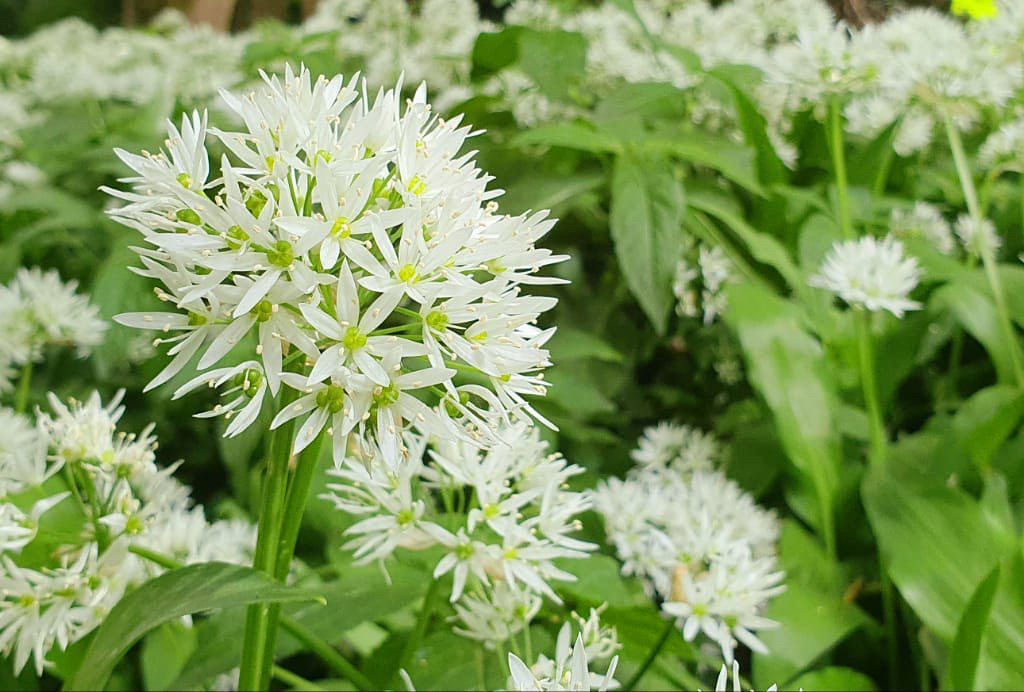
By Lozza2016
Wild garlic is often one of the first plants beginner foragers look for and is usually found in shady woodlands. When you rub or crush the leaves, a garlicky smell comes out, which you can’t mistake for anything else. This smell indicates that the plant is in the allium family, and all the members of this delicious family are edible.
Dandelion
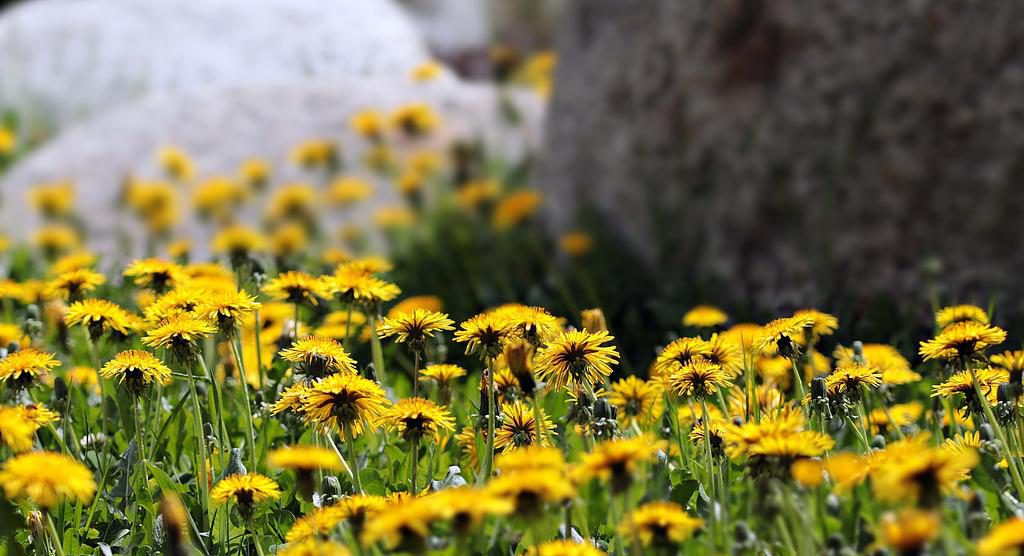
Dandelion is the ultimate beginner-friendly forager find out there. It’s found abundantly across Europe and is even invasive in some parts of the US — so you’re doing a favor to the ecosystem while picking up your salad. All parts of this plant are edible, and the best time to eat them is spring when the flowers aren’t open. After blooming, the dandelion’s stem and leaves harden, and the plant loses its fresh scent. But the flowers are also edible and great for coloring up salads.
Bramble Bush
Bramble grows in pretty much any patch of wasteland, even in the city parks. Its sharply toothed oval leaves and throned stems that usually have a red tint make it impossible to misidentify. Bramble bush grows blackberries during the late summer, but the fresh leaves are also quite tasty when lightly fried in butter.
Stinging, Dead, and Purple Nettle
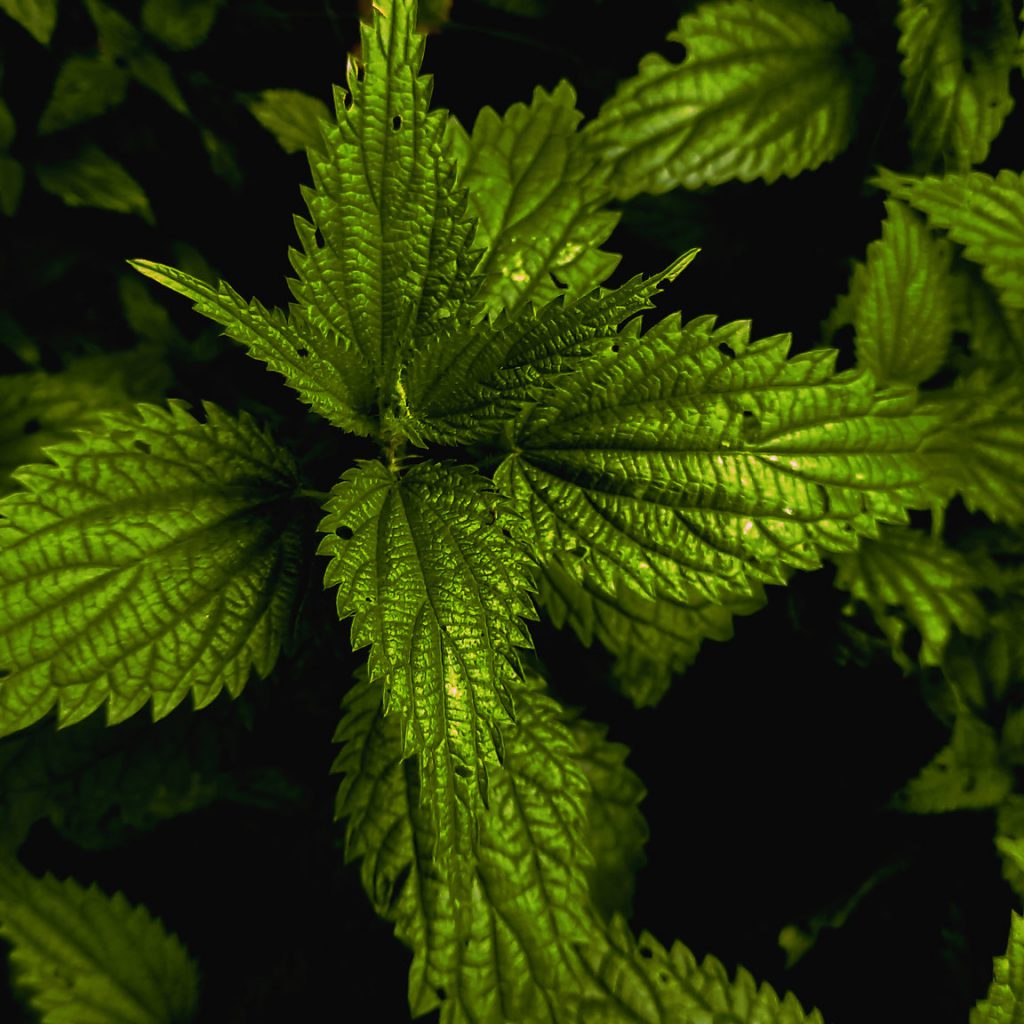
By Laperuz
Stinging nettle is also a quite common plant that is quite nutritious. As the name suggests, it’s covered in tiny needles that can leave a rash on your skin if you approach it bare-handedly but cooking it will take away the stinging. You can also dry the leaves and use them to make tea or season your stews.
The stinging nettle doesn’t have any obvious look-alikes. They resemble their cousin, the dead nettle, but this one doesn’t sting nor live up to the standards of its name. In other words, they are also safe to eat, as well as their other cousin, the purple nettle.
The best time to pick up nettles is spring and early summer when the leaves are fresh. During the mid-summer, nettles grow flowers, which means the harvesting time is over.
Mushrooms
Black Trumpet
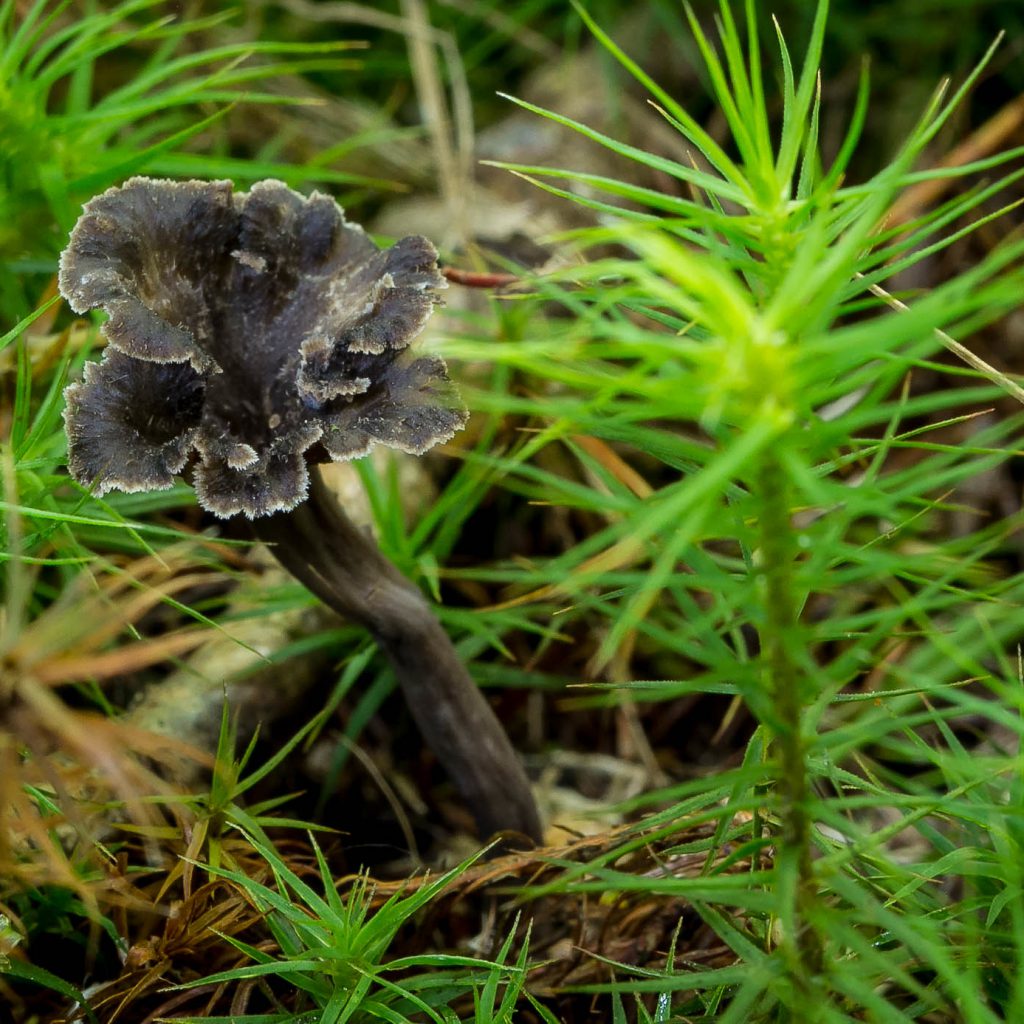
By kevin moore
The black trumpet is a real gourmet ingredient. It’s earthy, smokey, sweet, and nothing like any other mushroom you might have had so far. You can find them under mossy patches in the forest, particularly near beech trees and oaks.
Black trumpets are also unique in color and shape, so they don’t have any look-alikes. However, this doesn’t make them an easy game since they are also found quite rarely.
Chicken of the Woods
Chicken of the woods has a quite distinctive color and shape, so it’s almost impossible to misidentify. It also grows in abundance during the summer, and as you can see in the photograph, even one find is quite enough. This extravagant-looking mushroom grows on decomposing wood trunks, particularly oaks.
Chanterelle
These golden orange little mushrooms typically grow on the forest floor and almost never hang out solo. This means spotting a chanterelle equals a bountiful harvest and certainly a delicious one.
One important thing about chanterelle is that they do have a handful of lookalikes, also known as the false chanterelle or jack-o-lantern. You can differentiate a true chanterelle by its location and its gills, as jack-lantern mushrooms usually grow on tree trunks and have a different gill structure. Still, once you learn how to distinguish these two, it’ll be very obvious.
Lion’s Mane
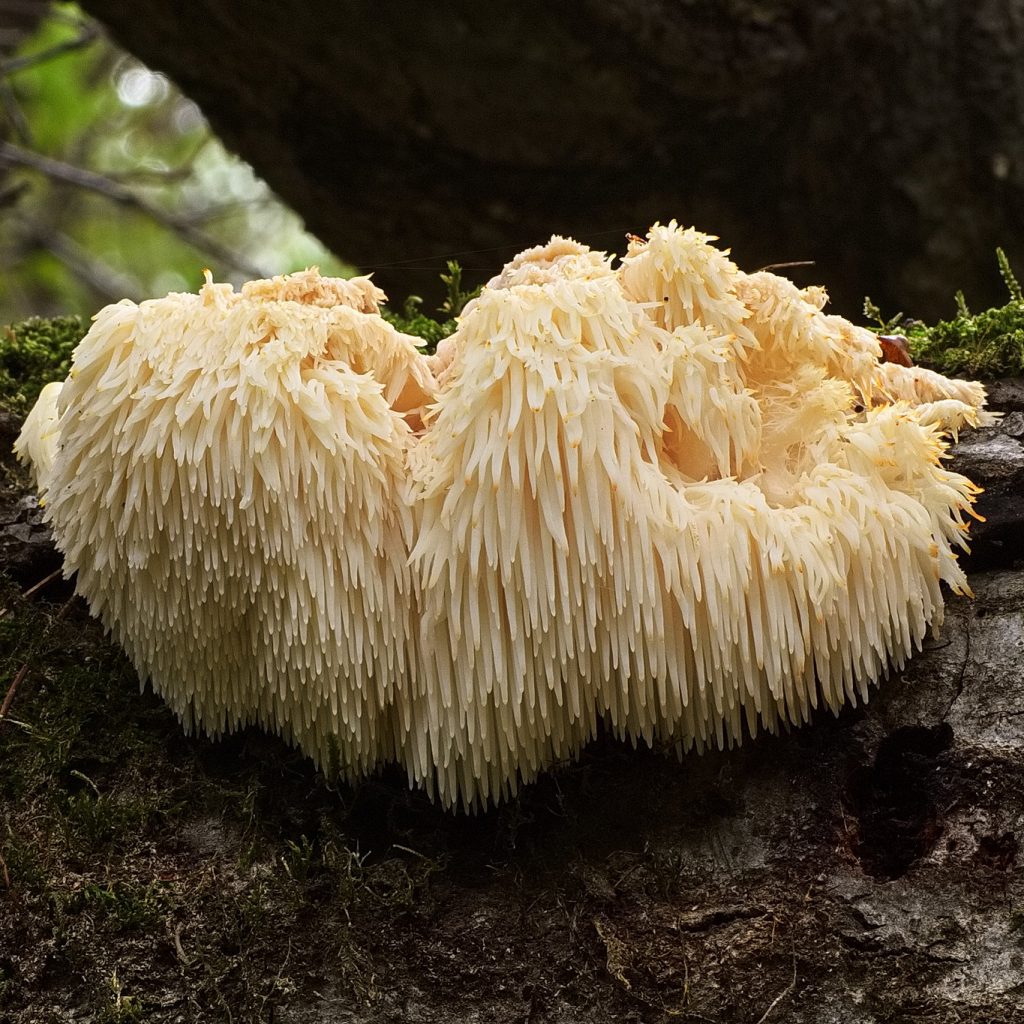
By Jim Bahn
This funny-looking fellow grows on hardwoods like beech trees. It’s white when it’s prime, which is the right time to eat it. If it starts to turn brown, it’s better to leave it. Lion’s Mane almost always grows as a single clump resembling white fur. When you see one, you’ll know where it gets its name.
Old Man of the Forest
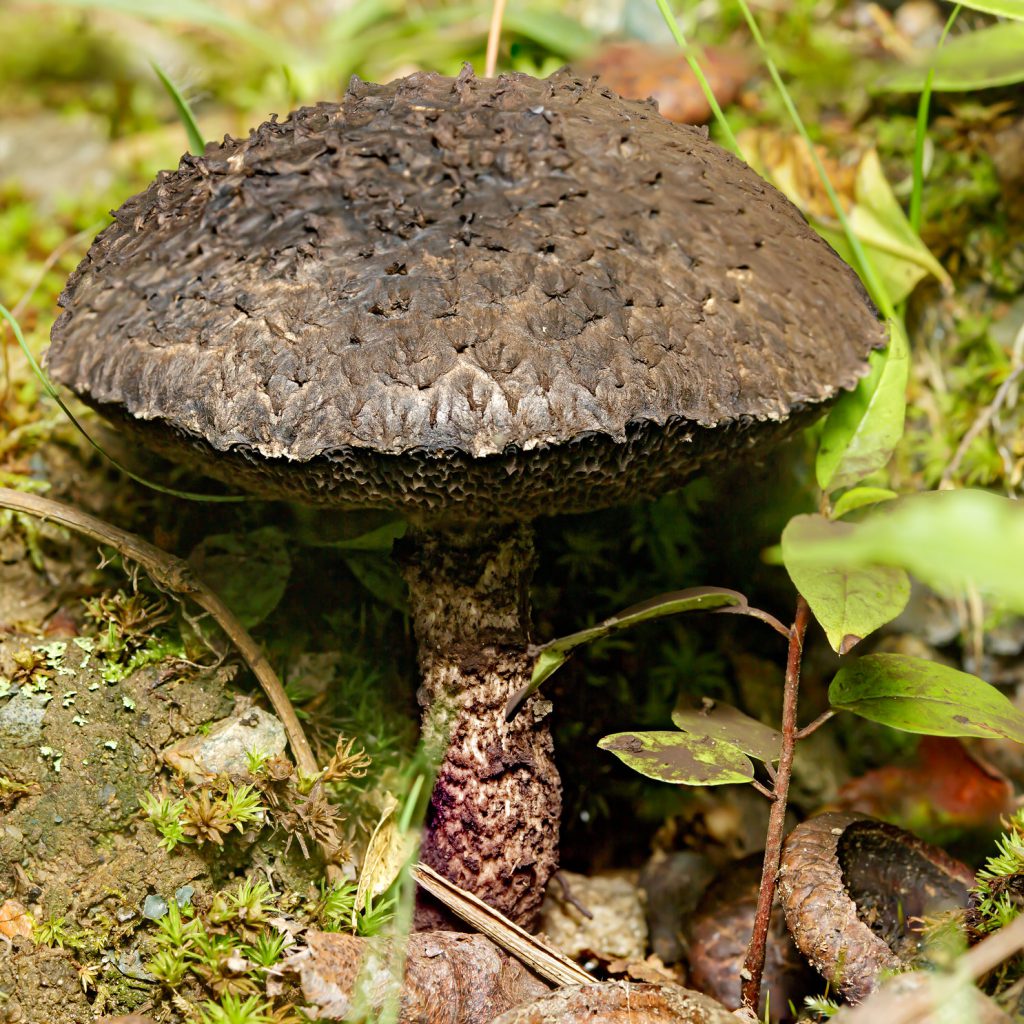
By Rick
This species can be identified by its molted velvety cap and lack of gills. They grow solo, so don’t look for clusters if you’re on a mission to find an old man of the woods. It also bruises pinkish when you touch it, turns black when you slice it open, and imparts a dark color to the dish it’s cooked in. It has a nice earthy flavor, but some also say it’s comparable to store-bought mushrooms.
When in Doubt, Don’t Grab a Bite
It’s no secret that food grows on soil, and you can just pick it up. That’s what our ancestors did for over a millennium. It’s free food, lying on the ground!
Foraging can be fun, healthy, and therapeutic if you do it right. But great foraging expertise also comes with great responsibility. Leaving no trace and avoiding overharvesting is of grave importance.
So grab some books, download some apps, put on your hiking shoes, and explore the plants and mushrooms in your area.


